Physical Address
304 North Cardinal St.
Dorchester Center, MA 02124
Physical Address
304 North Cardinal St.
Dorchester Center, MA 02124
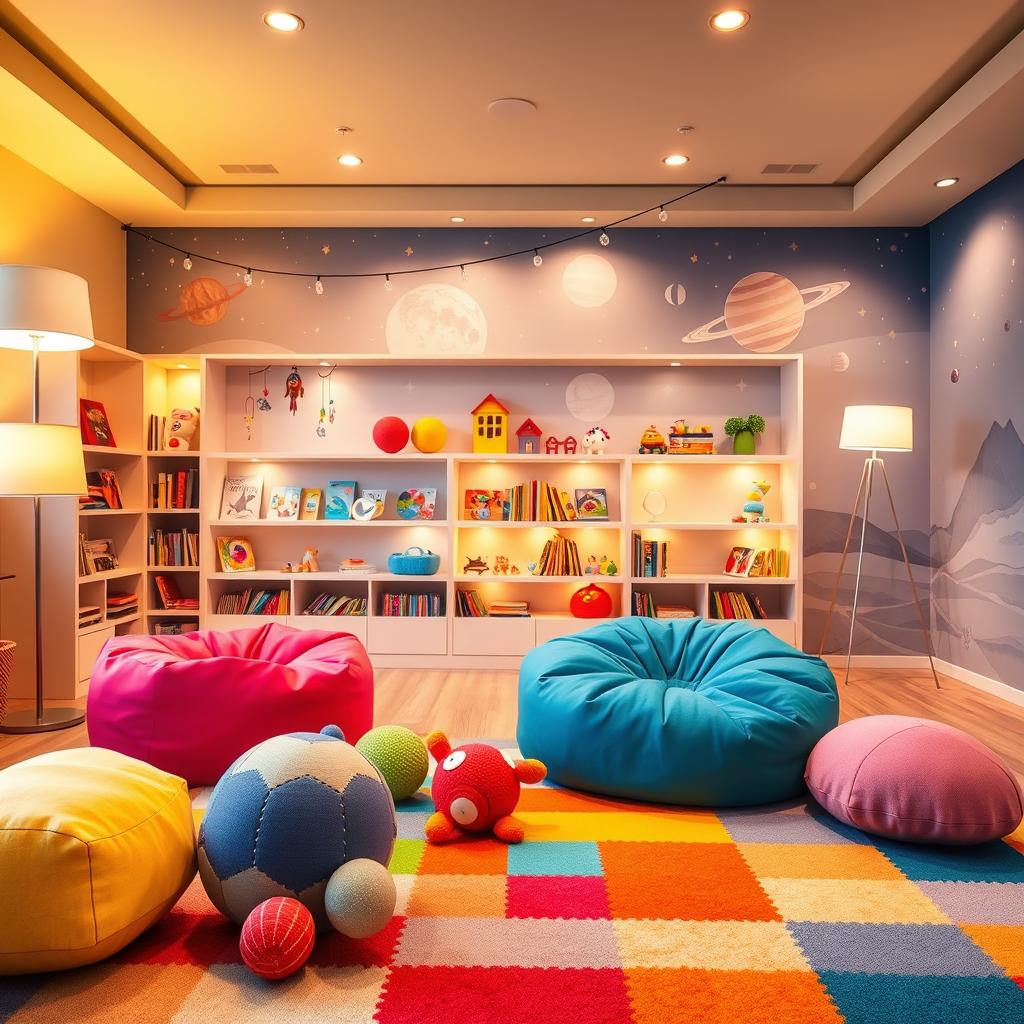
As a parent, I’ve learned that creating a kid-friendly space is all about balance. It’s about safety, style, and functionality. With 48% of parents wanting a stylish home that also meets their kids’ needs, it’s a big challenge. That’s why I’ve gathered my best tips for designing a space that’s safe and stylish for kids.
Recent stats show that 65% of parents think a kid-friendly space can also be stylish. I agree. By adding soft rugs, rounded corners, and low storage, we can make a space that looks good and works well. In this article, I’ll share how to design a space that’s perfect for your kids, focusing on safety and style.
With 80% of parents changing their home decor for their kids’ safety and comfort, making a kid-friendly space is key. By following my safety and style tips, you can create a space that’s great for your family. Let’s start designing a space that’s both stylish and safe, using my top tips.
Recent studies show that 80% of parents think making a kid-friendly space at home is key for their child’s growth and safety. This shows how vital it is to focus on safety measures for kids when setting up a home.
Some important things to think about when making a kid-friendly area include:

By focusing on safety measures for kids and using childproofing tips in my home design, I can make a space that’s both fun and safe for my kids. This not only makes me feel at ease but also lets my kids grow and develop in a supportive place.
Color is key in design ideas for kids’ rooms. It makes the space fun and useful. As a parent, I aim to make a safe and stylish play area for my child. This space should encourage play, learning, and growth.
Recent data shows 50% of parents like neutral colors for kids’ rooms. This helps with toys and activities. Also, 60% suggest adding storage to keep toys organized.
A good color scheme sparks creativity and imagination in kids. Blue, green, and yellow are great for play and learning. Neutral colors like beige, gray, and white bring balance and calm.

Here are some tips for picking the right colors for a kid-friendly space:
By following these tips, parents can make a safe and stylish play area. This space will meet your child’s needs and make them happy and well.
Choosing durable materials is key for a child-friendly space. As a parent, I aim for a space that’s both useful and easy to keep clean. The right materials make a big difference in a kid’s room.
Fabrics like cotton and polyester work well for furniture because they’re simple to clean. Hardwood and tile surfaces are also great for kids’ areas. They can be quickly cleaned and disinfected. The U.S. Consumer Product Safety Commission (CPSC) ensures furniture meets safety standards, which is vital when picking materials.
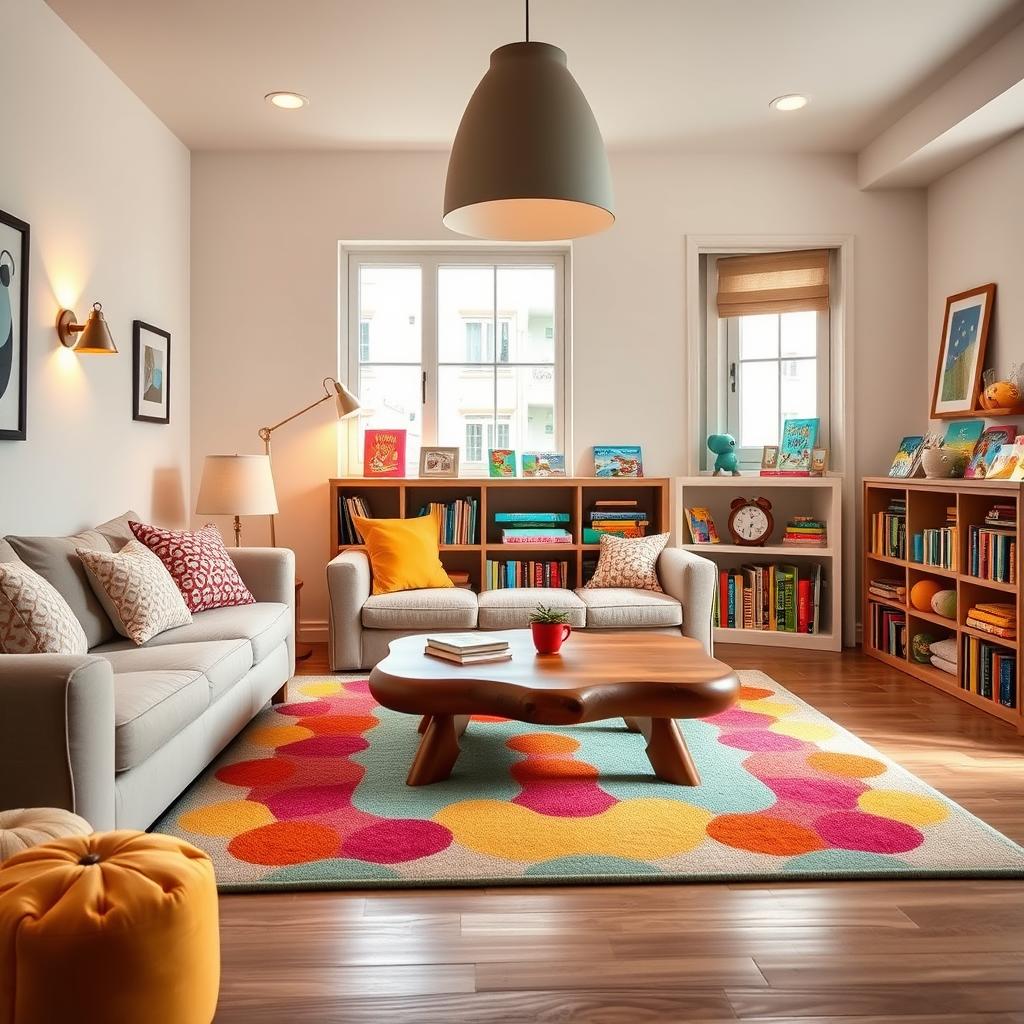
By opting for durable materials, parents can make a safe and practical space for their kids. This is essential for creating a child-friendly environment.
Choosing the right furniture is key for a kid-friendly space. A well-organized area helps kids focus and play better. Children’s room organization is essential for a safe and fun place. Picking furniture that’s both useful and flexible helps kids learn good habits and responsibility.
Smart picks include storage ottomans, desk chairs, and modular pieces. These items make a space comfy and tidy for kids to work and play. Safe playroom essentials like rounded edges and non-toxic materials also lower injury risks and promote health.
Here are some benefits of smart furniture choices:
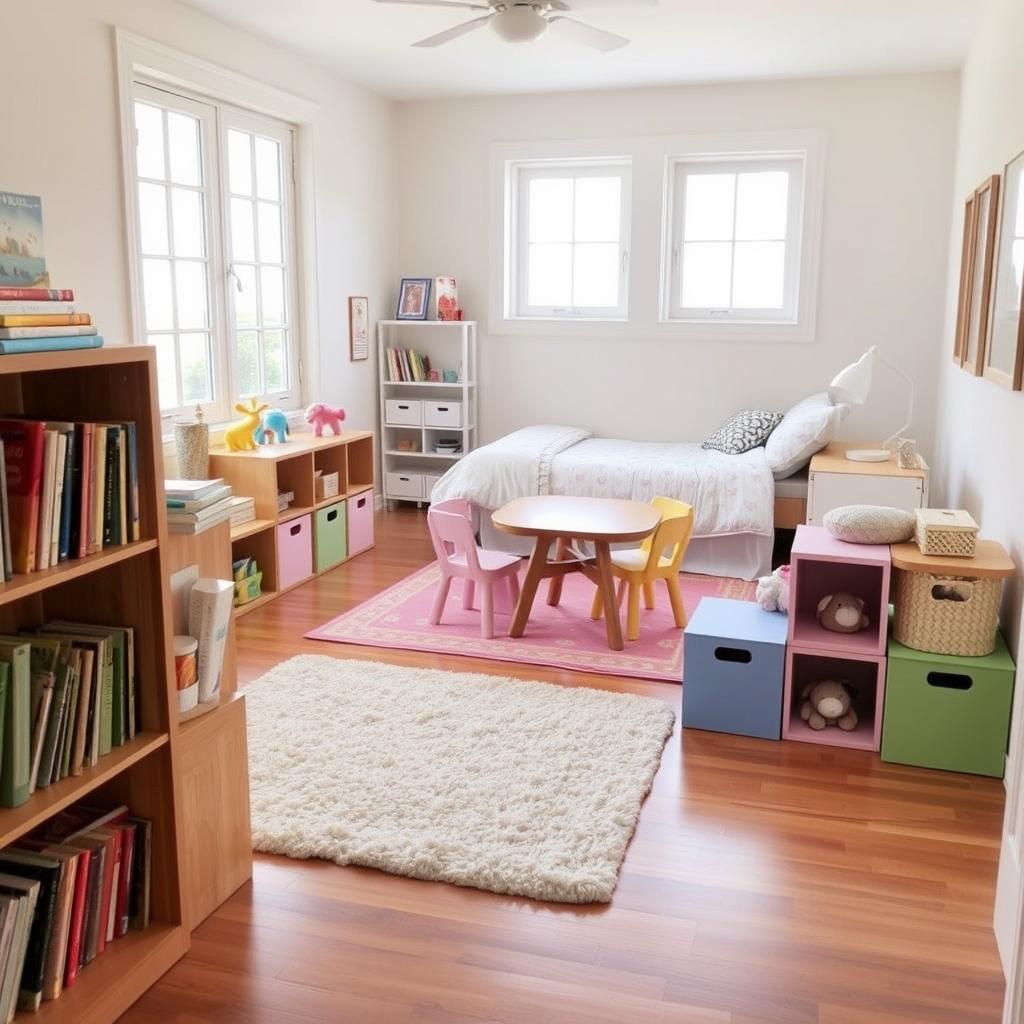
Smart furniture choices make a kid-friendly space both useful and fun. Always think about safe playroom essentials and children’s room organization when picking furniture for your child’s area.
As a parent, keeping my child safe is my main goal. When setting up a kid-friendly area, safety is key. Childproofing tips help make a space safe for my child to play and learn. The Consumer Product Safety Commission (CPSC) says about 70% of childhood injuries happen at home, with bathrooms being a big risk.
To cut down on accidents, I think about putting non-slip flooring in bathrooms. This can cut slip-and-fall accidents by up to 50%. Also, securing big furniture to walls stops it from tipping. Using safe paints can cut indoor air pollution by 50%.
Soft flooring, like rubber-based pool decks, can make falls safer by 40%. This is great for kids who are always on the move.
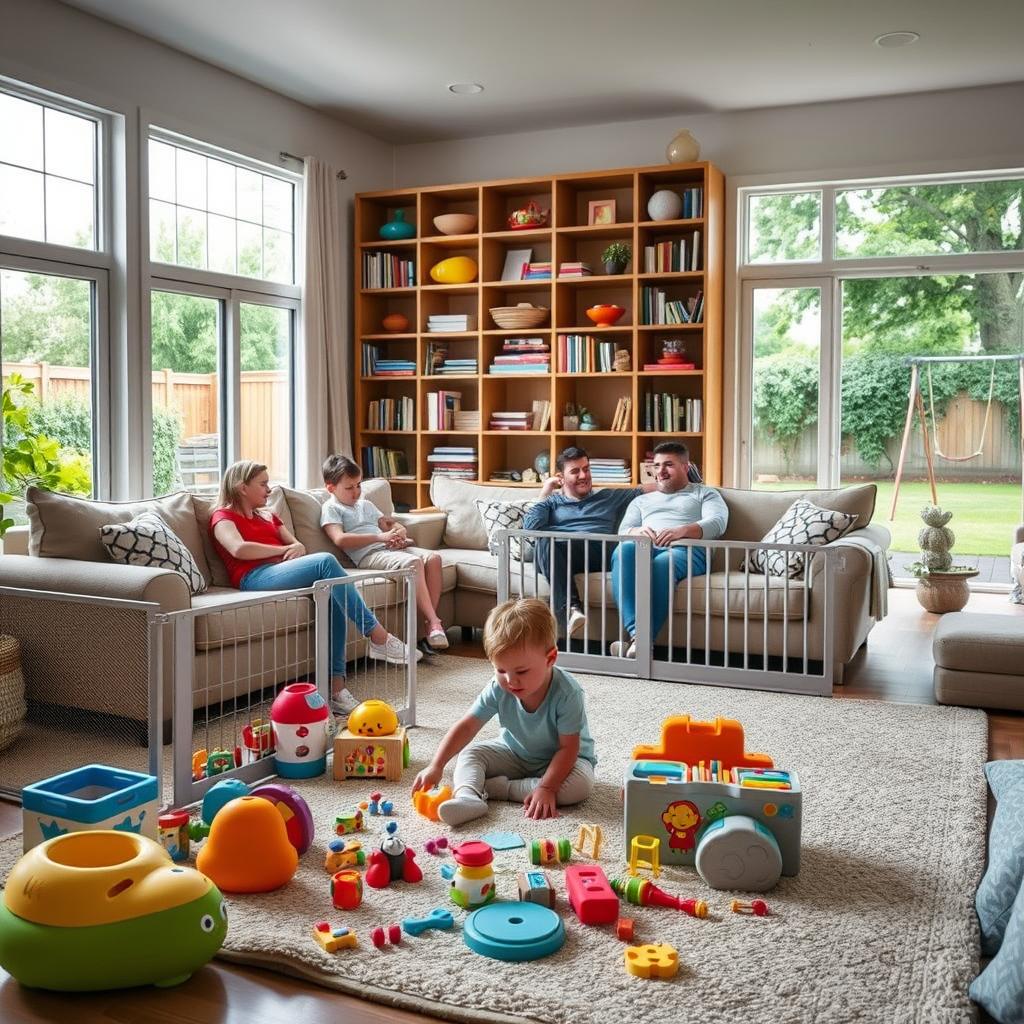
By adding these safety features, I can make a safe space for my child to grow and thrive.
Designing a kid-friendly space means setting up different areas for play, learning, and rest. This helps your child learn to organize and structure their space. It’s also key for their brain and emotional growth. A safe and stylish play area lets your child be creative while staying safe.
To set up these areas, use furniture and decor to mark them off. For instance, a bookshelf can separate a reading spot from a play area. Rugs can also define spaces and add color. 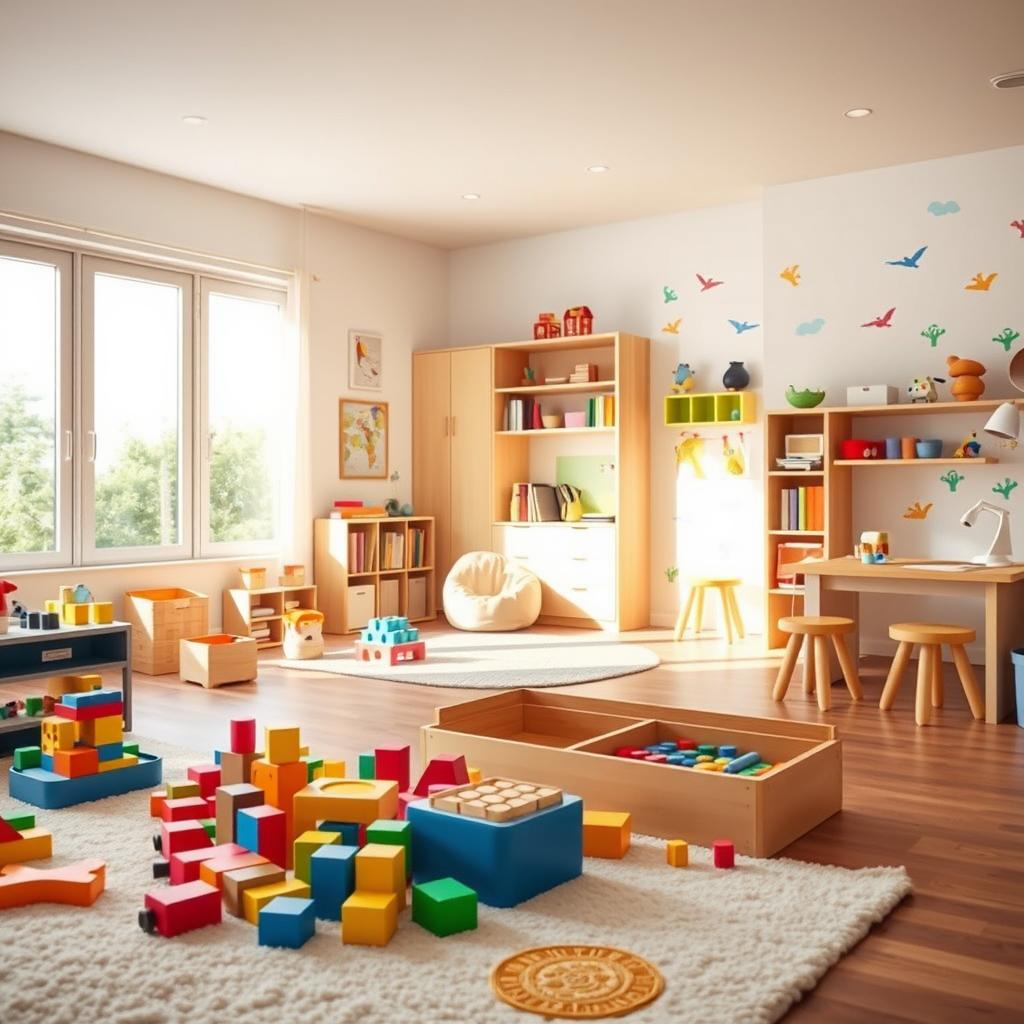
Creating defined areas has many benefits:
Think about what your child likes when setting up areas. For example, a cozy reading nook with a comfy chair and good light is great for book lovers. A play area with a rug and storage bin is perfect for toy enthusiasts. This way, your child feels at home and develops a sense of belonging.
Designing a kid-friendly space means adding fun elements. These elements should encourage play, creativity, and imagination. By following guidelines and using child-friendly design, you can make a space that’s both fun and safe for kids. A well-designed space can greatly impact a child’s development and happiness.
To make a space fun and engaging, think about adding playful decor. This could be colorful wallpaper, fun furniture, and interactive wall features. These elements can spark a child’s creativity and make the space welcoming. For instance, a chalkboard wall or a whiteboard lets your child express themselves through art and writing.
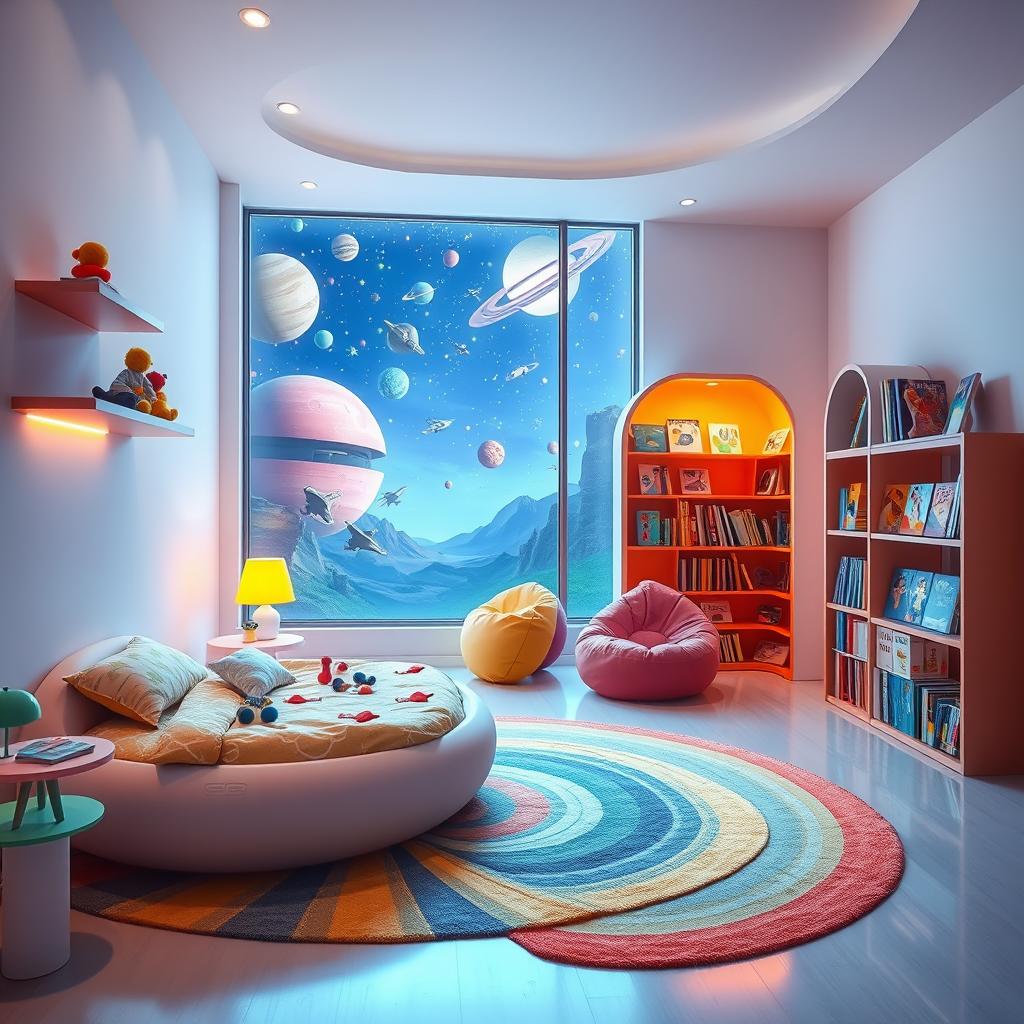
Interactive wall features are a great way for kids to express themselves and learn. Consider adding a chalkboard wall, a whiteboard, or a magnetic board. These features can spark a child’s creativity and imagination, making the space more engaging and fun.
Adding personalized touches to a kid-safe space makes a big difference. It makes the space feel welcoming and engaging. It also helps kids feel like they own the space.
Getting kids involved in the design process is key. It lets them feel connected to their space. Asking for their input on colors or furniture can make a big difference.
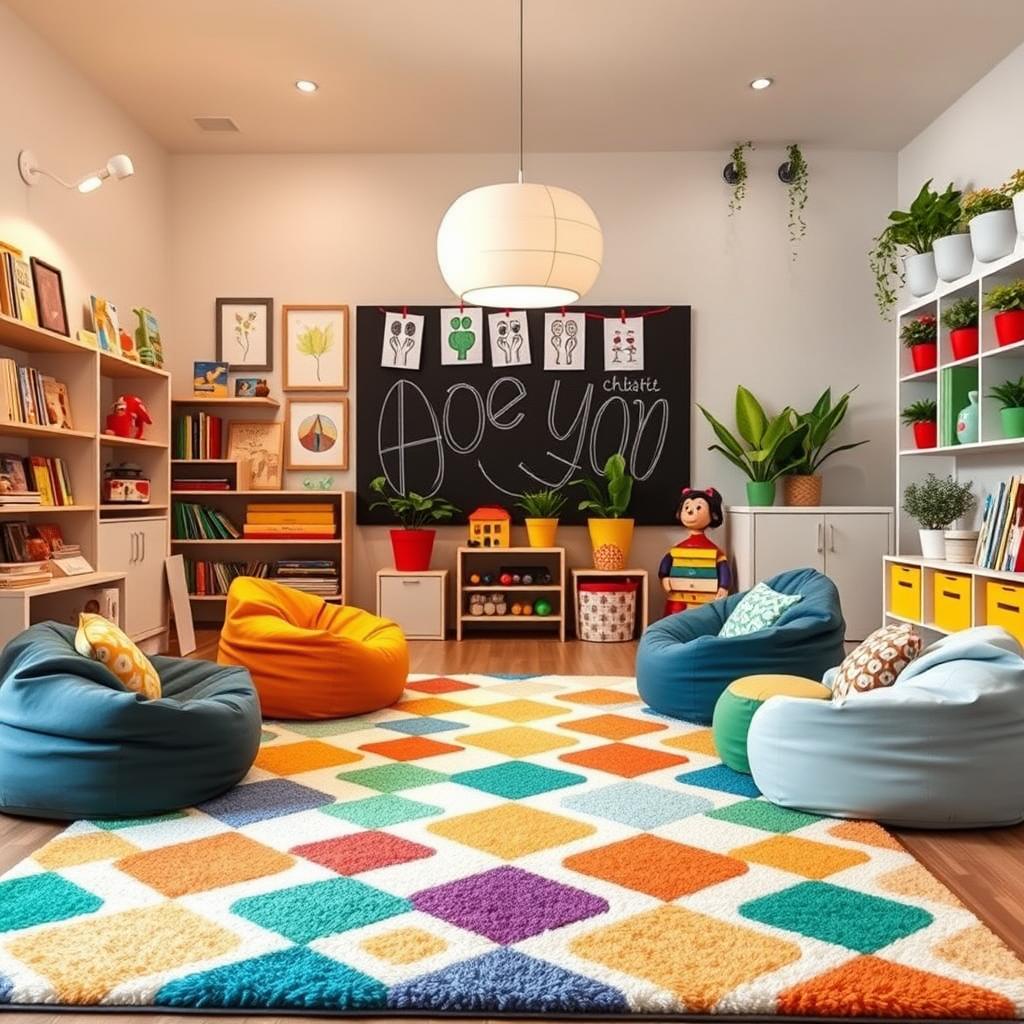
Using their artwork in the design is another great idea. Framing their artwork or using it in decor is a good way to do this. For example, a child’s drawing can be used as wallpaper or on a throw pillow.
Other ways to add personal touches include:
These personal touches make a space safe, functional, and fun. By decorating a kid-safe space and organizing their room, we support their needs and interests.
As a parent, I’ve learned that organizing storage is key in a kid-friendly space. It’s important to keep the area clean and easy for kids to find what they need. Safe playroom essentials need good storage solutions. A tidy space reduces stress and makes playtime fun for everyone.
Using child-friendly interior design like storage bins and baskets keeps things tidy. For example, the IKEA Trofast Storage Combination is great for kids’ rooms and play areas. It has bins in four sizes, perfect for small and big toys.
Here are some ways to organize storage:
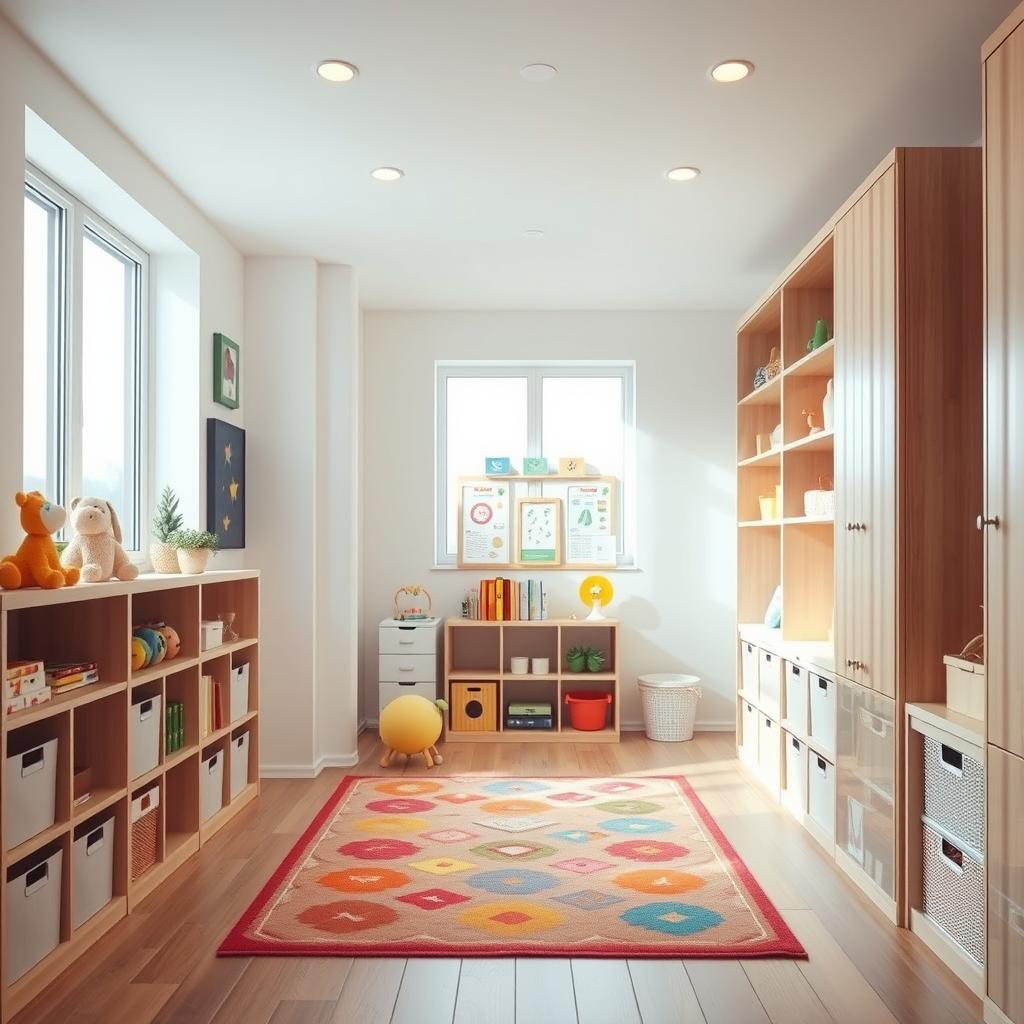
By using these storage ideas, parents can make a safe and organized playroom. Choose durable and easy-to-clean storage to make upkeep simple. With some creativity and planning, you can make a space that’s both useful and fun for kids.
When designing a kid-friendly space, think of the outdoor area as part of the indoor space. Kid-friendly landscaping encourages kids to be active and explore outside. You can add sandboxes, swings, and playgrounds, or use logs and boulders for natural play.
Outdoor spaces need to be safe for kids. Use soft surfaces like rubber mulch or grass to cushion falls. Also, secure fencing is key to keep kids safe. Choose non-toxic plants like azaleas or lavender for safety.
Some important features for outdoor spaces include:

By adding these features and following guidelines, you can make an outdoor space fun and safe for kids. It encourages physical activity and outdoor time. Plus, it helps teach kids about nature and the environment.
When designing a child-friendly space, tech is key. Parents aim for a safe, healthy area, balancing screens with play. It’s important to watch out for dangers like cyberbullying and too much screen time.
To mix tech and play, set up screen-free zones. For example, a playroom can have a no-screen area for fun. Then, a spot for screens, like a reading nook with a tablet.
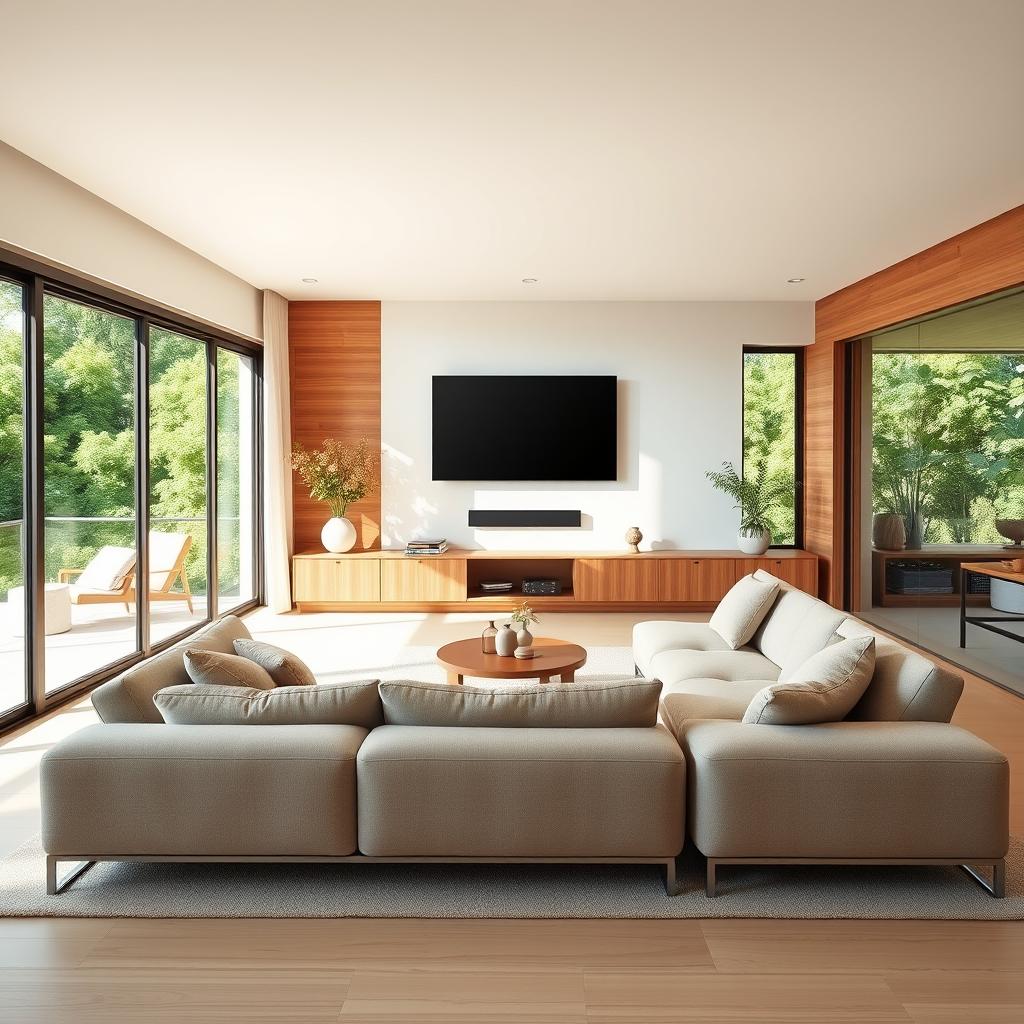
Safe charging spots are also critical. They prevent accidents and injuries. Use cord protectors and keep chargers away from kids.
Some main tech tips for a child-friendly space include:
By thinking about these tech points, parents can design a safe, balanced space. This helps kids stay active and safe while learning important skills.
Designing a kid-friendly space is not just about the initial setup. Keeping it fresh and safe is key. Check safety items like hot water heater temperatures and cabinet locks regularly. This ensures they stay safe as your child grows.
Getting kids to help with upkeep is a great way to teach them responsibility. They can help pick up toys, vacuum, and learn to clean surfaces. Displaying their artwork makes them feel proud and involved. With teamwork, we can keep the space safe and fun for them.